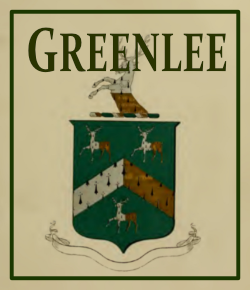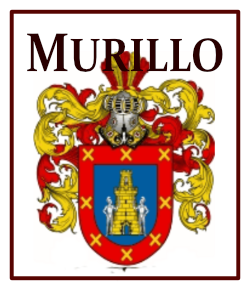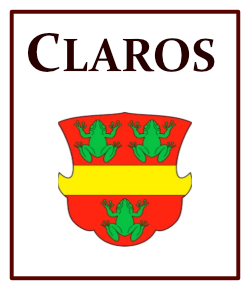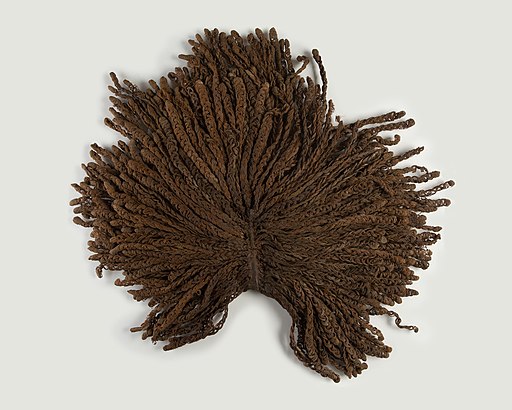
Ancient Egyptian Hair Fashion
Hairstyles throughout the history of civilization have been as much a part of the costume and fashion of a given culture as clothing and offer insight to curious aesthetic choices of different regions. More than three thousand years ago the men, women and children of ancient Egypt embellished their looks with wigs in different styles.
Early examples of wigs, found in excavations of Egyptian tombs, reveal that they were made of animal hair or vegetable fiber curled or braided and adhered to mesh caps to be worn for both ceremonial or everyday purposes. Subsequently, wigs were made of human hair and often interlaced with ribbons or flowers and further decorated with gold and precious stones. Not everyone wore wigs, although they were prevalent, but similar hair styles were applied to both natural hairdos and wigs. Plaiting was very popular: hair would be woven in fine braids or curled or crimped with the aid of waxes and resins. The artifact on the right from the Metropolitan Museum of Art depicts an actual Egyptian wig, where you can see the organic details quite clearly.
The importance or popularity of trends in hairstyling can be gleaned from Egyptian imagery, where depictions of hairdressers can be found as well as toilette scenes of noblewomen having their hair treated by attendants. The toilette, where the rituals of cleansing and beautifying were carried out, was a significant feature of the Egyptian culture, particularly for the upper, ruling class. The ritual of beautifying would include massages and the application of rich creams and oils and the application of cosmetics such as kohl for the eyes and white face paints derived from lead carbonate. Wigs could be dyed by henna or indigo and would be further endowed with conical wax pieces, enriched with scents and perfumes, that would rest atop the head and slowly melt into the head piece as it was worn. The example on the left illustrates a top view of an Egyptian Wig from the reign of Psusennes I, made from human hair and beeswax.
Men, women, and children would wear wigs and wigs served to define social status. Wigs were also useful as people aged and they began to lose hair. Children would also typically wear the particular look of a head shaved entirely except for a small hair lock that was left to fall on the right side of the head; the Egyptian hieroglyph for “child” or “youth” is a direct representation of this attribute, a symbol in an s-shape.
__________________________________________________________________
Family History
Family Births
- On 1608-05-01, Hans Wyshans SCHMIDT is born in Zürich, Zurich, Switzerland
- On 1634-05-01, Hannah JACKSON is born in London, England
- On 1670-05-01, Elizabeth WHITE is born in Marshfield, Plymouth, Massachusetts, United States
Family Deaths
- On 1589-05-01, Gratia SHUTLEWOORTHE dies in Whalley Parish, Lancashire, England
- On 1698-05-01, Hester WAKEMAN dies in New Haven, New Haven, Connecticut, United States
- On 1718-05-01, John BURNETT II dies in South Farnam Parish, Essex, Virginia, United States
- On 1885-05-01, William Fisher HOWARD dies in place unknown
- On 1931-05-01, Robert Davis TWYMAN dies in Fulton, Georgia
- On 2003-05-01, Elizabeth Gilley KINCHELOE dies in place unknown
- On 2005-05-01, Briggs Leon TWYMAN dies in Lubbock, Lubbock, Texas, United States
| Paternal Line | Maternal Line | ||
|---|---|---|---|
 |
 |
 |
 |
Categories
Genealogy
- Genealogy Portal
-
Search genealogical information related to the Greenlee, Murillo, Twyman and Claros families. Please contact us if you think we're related and can help each other in expanding our ancestry trees.


